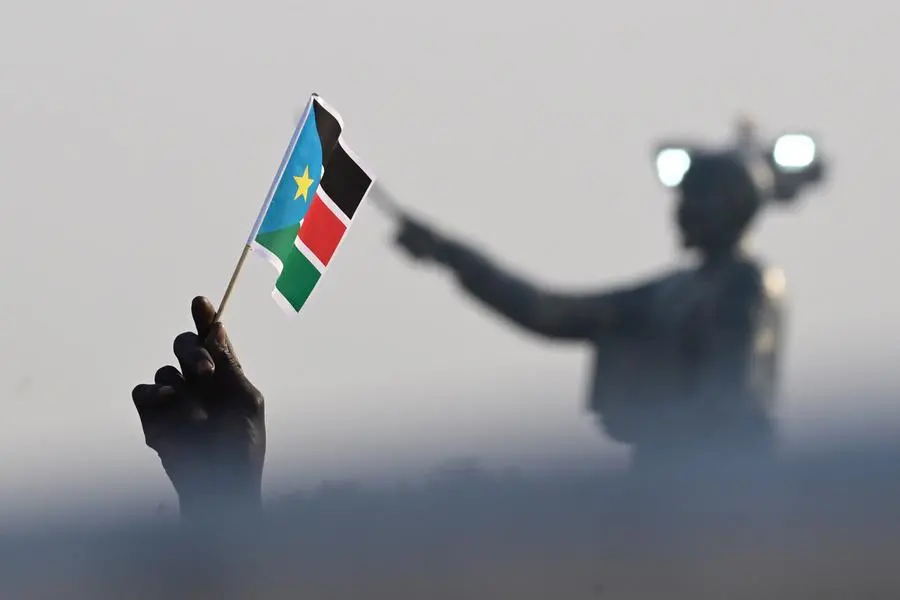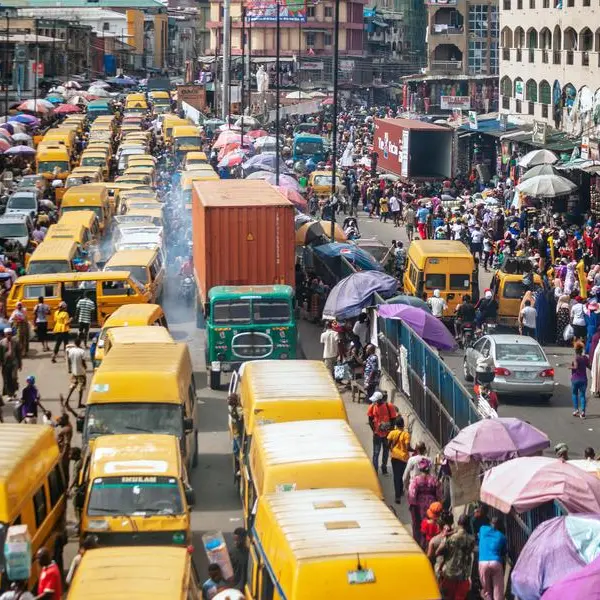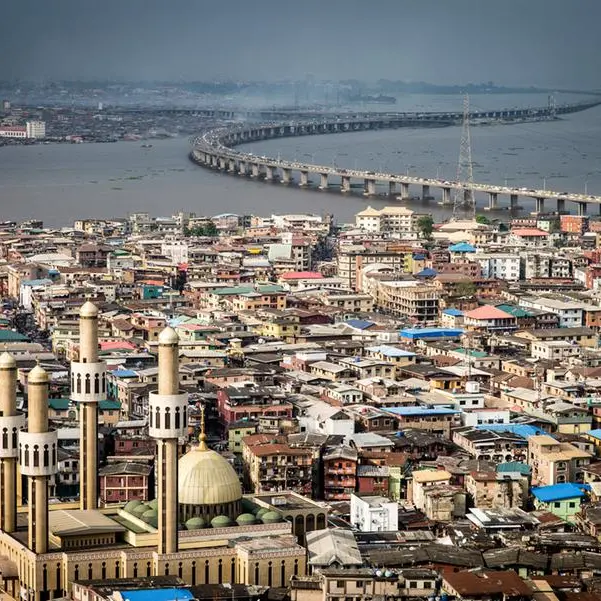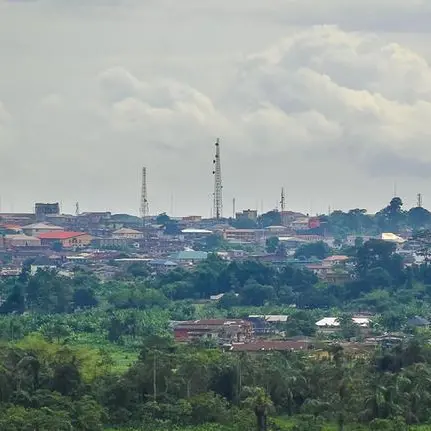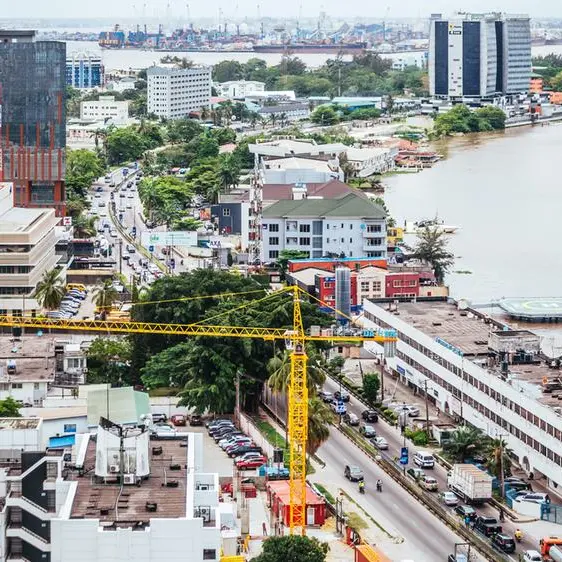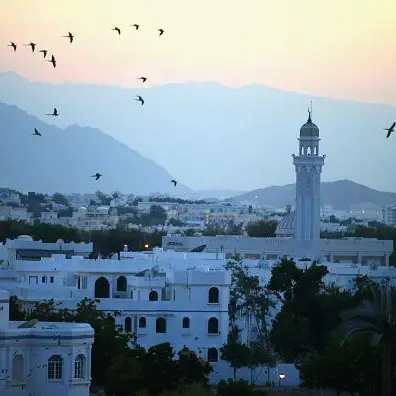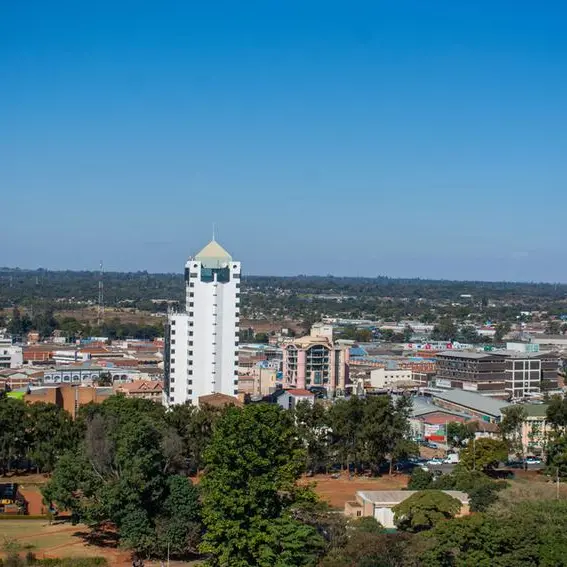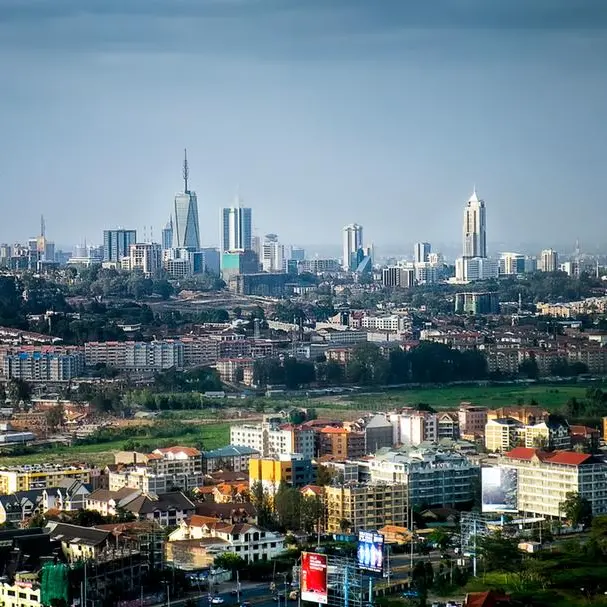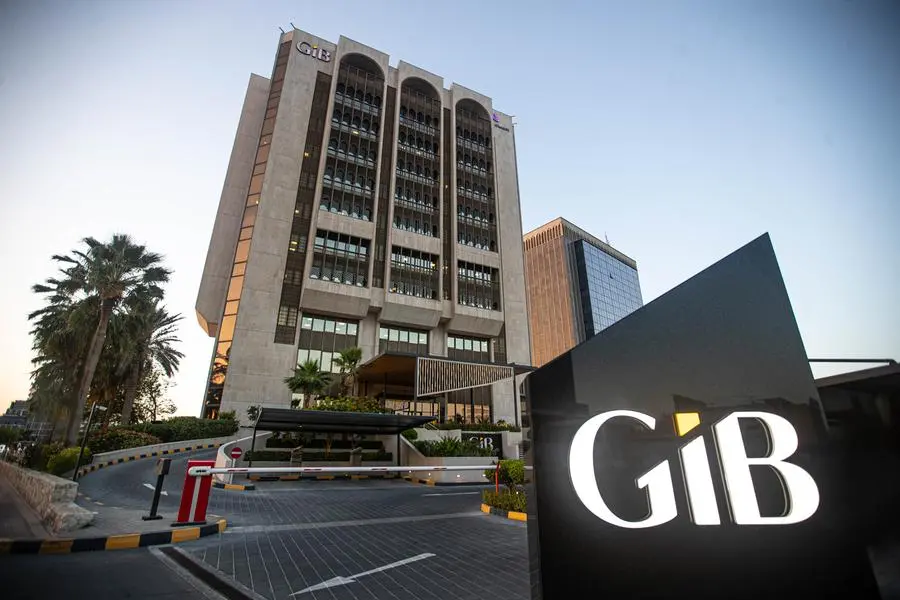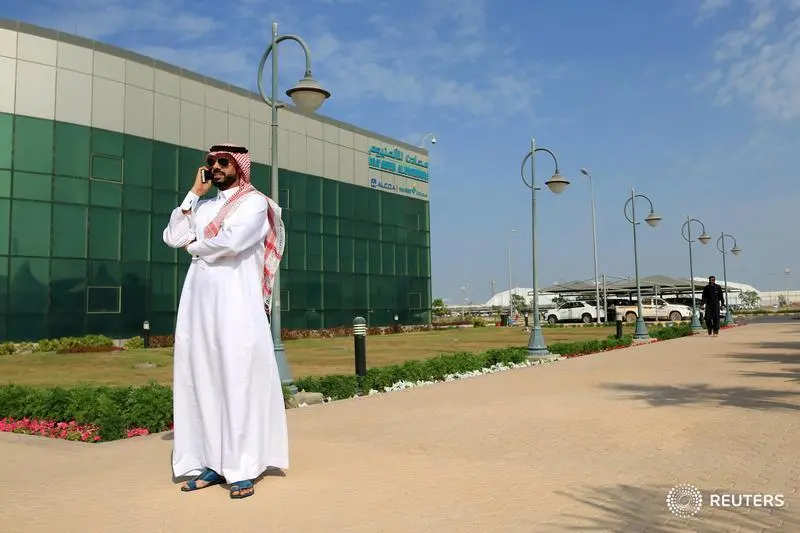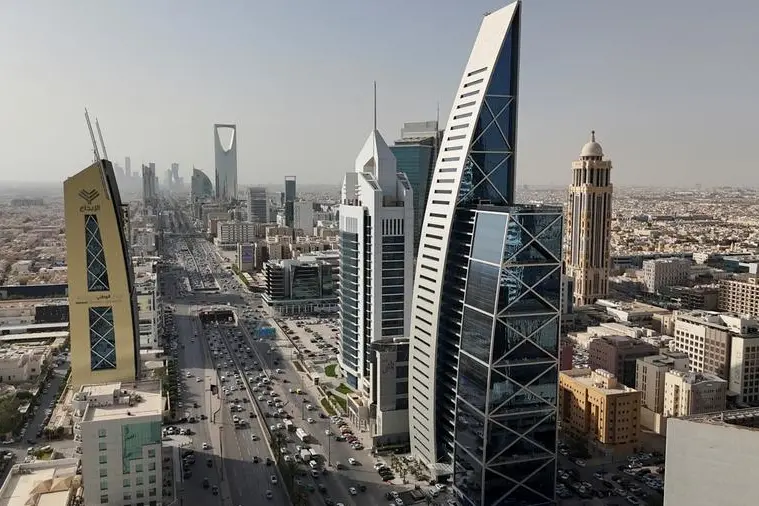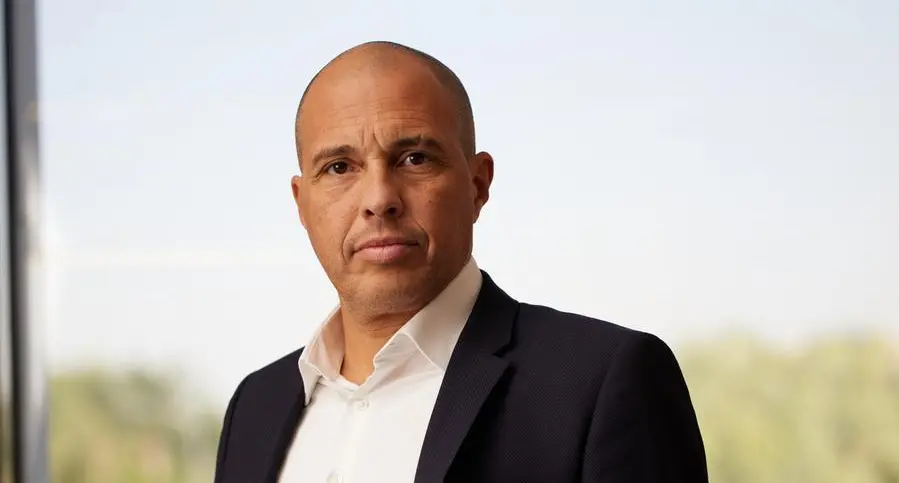PHOTO
The lives of more than 250,000 people in need of medical assistance in South Sudan are at risk due to the continued attacks on medical facilities and providers in the ongoing conflict.
Health experts say that as the conflict in the country and in its neighbour Sudan continues, the healthcare system is on the verge of collapse. Staff of Médecins Sans Frontières (MSF) - Doctors Without Borders - held a media briefing in Nairobi on May 15, a week after their hospital in Old Fangak, Joglei state, which provided healthcare for about 110,00 people, was destroyed in aerial bombardment.
Read: 7 killed, 20 injured in bombings in South SudanMSF says that there is a growing trend where health facilities that are normally spared attacks by protagonists in the conflict are now the target of attacks, despite South Sudan being sustained by humanitarian interventions since its independence in 2011. According to the UN, eight facilities were attacked or targeted since the beginning of this year.
Dr Bakri Abubakr, MSF operations manager, said that besides the attacks on medical facilities, the biggest challenge is the massive displacement of people in multiple regions, which makes it difficult for medical providers to reach them.
He said that more than 60,000 people have been displaced in Upper Nile State, more than 50,000 in Jonglei State, and between 20,000 and 30,000 have fled to neighbouring Ethiopia.
At the same time, more than a million South Sudanese returnees are flocking to the country from Sudan, as hundreds cross over from the Democratic Republic of Congo - many of them with medical needs.“This means pregnant women can’t continue with their prenatal appointments, children who can’t get their vaccinations, HIV and TB patients who can’t get their medications anymore,” Dr Abubakr said.
Zakaria Mwatia, MSF head of mission in South Sudan, said that in other locations where MSF is still working, they received people who had to walk for two weeks to reach a facility where they can receive treatment, including pregnant women, sick children and old people. Some that had received serious burns reach the facilities with infections that are beyond rescue.“We are expecting a situation where we will experience overcrowding in our facilities, yet our facilities have been overstretched by attacks. We expect more visits in the coming rainy season, where there will be an increase in malaria cases and cholera due to mass displacement,” Mr Mwatia said.
Since its independence in 2011, South Sudan has been struggling with weak infrastructure, key among them the health sector. There are limited facilities, and half of the health facilities were non-functional when the civil war broke out in 2013.
According to the World Health Organisation (WHO), only about 44 percent of the population lives within a 5km radius of a health facility. A number of facilities lack appropriate structures, personnel and supplies, with some forced to depend on mobile services operated by NGOs.
Now, the violence that started in late February and peaked on March 4 when the White Army - a Nuer youth militia - overran a government garrison in Naris, Upper Nile, has spread to neighbouring Ulang and Malakal, Jonglei State, and Western and Central Equatoria states with medical facilities being the target for looting and destruction.
The targeting of medical facilities is likely to have a serious impact on those in need because most of these primary health facilities, according to Dr Abubakr, have been forced to shut down due to budget cuts by donors, specifically the Trump administration’s decision to freeze aid to most countries of the global south.
Yet, the conflict is now threatening to drive out the few humanitarian agencies that exist to provide healthcare.
Abdallah Hussein, MSF head of operations, explains that in April, the only hospital in Ulang, which had been in place for around five years, was looted and knocked down. That hospital was serving 150,000 people.
On May 3, the MSF hospital in Old Fangak was also attacked and the medical warehouse destroyed.
Two caretakers, one patient and four staff were wounded.“Our presence in these areas is well known,” Mr Hussein said. “We are in constant communication with warring parties to respect the safety of our personnel and patients. So, the challenge we face today is the difficulty in assessing the needs of the displaced. It is very difficult for us to know the needs of these people and to accurately respond to them.”MSF operates 14 projects across six states and two administrative areas. Before the bombing on May 3, the MSF hospital in Old Fangak provided inpatient, outpatient, emergency and maternity services, treated children for malnutrition, responded to disease outbreaks, conducted mass immunisation campaigns and provided emergency referrals by boat.
Read: UN rights body condemns hospital bombing in South SudanThe health system in South Sudan is heavily reliant on external support. So, South Sudan government spends around 1.3 percent of its budget on health, and 80 percent of health services are run by NGOs.
Helen Richard, MSF humanitarian affairs adviser, said that the capacity of the humanitarian organisations in South Sudan is significantly compromised, given that the facilities that are already under-resourced are now under attack.“It is not only the attacked facilities that have suspended operations, but there are many that have closed down because of reduced funding and insecurity,” said Ms Richard, who added that MSF’s budget for this year stands at $119 million.
Like most African nations, South Sudan has significant differences in the distribution of healthcare facilities between its rural and urban areas. Hospitals, clinics, and private health services are comparatively easier to find in urban areas like Juba, Wau, and Malakal.
The majority of South Sudan’s 12 million population live in rural and isolated locations, which frequently have little or no access to operational medical services. They depend on facilities such as primary health care units, which are modest centres for maternal care and basic outpatient treatments; and primary health care centres, which can conduct minor surgical operations, immunisation, and outpatient services.
© Copyright 2022 Nation Media Group. All Rights Reserved. Provided by SyndiGate Media Inc. (Syndigate.info).
